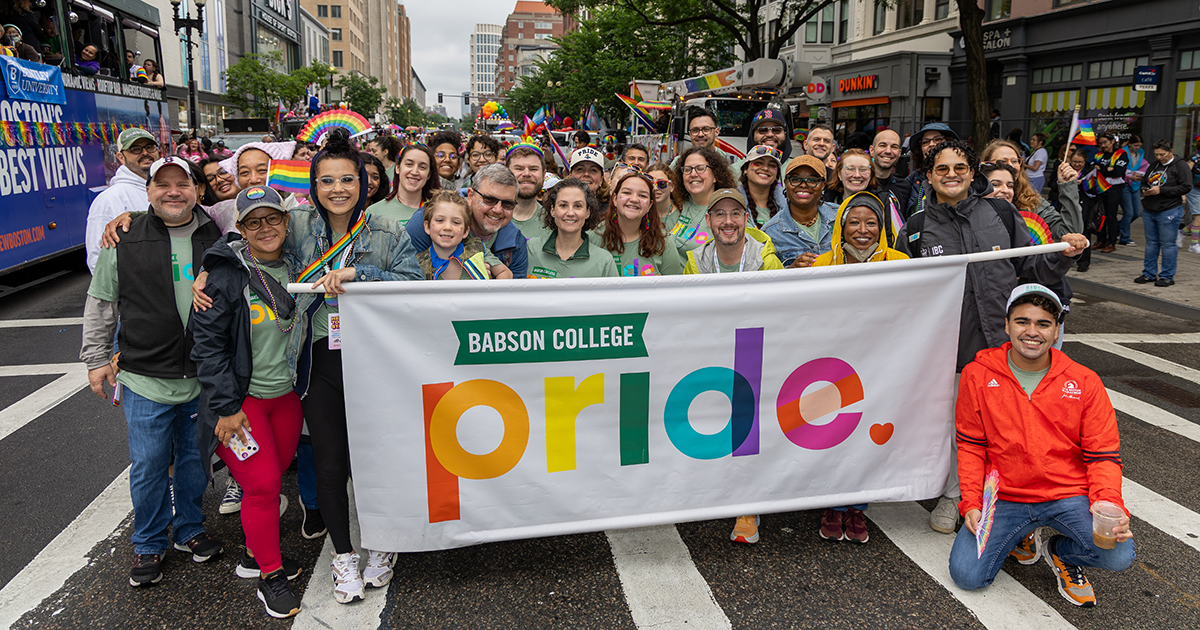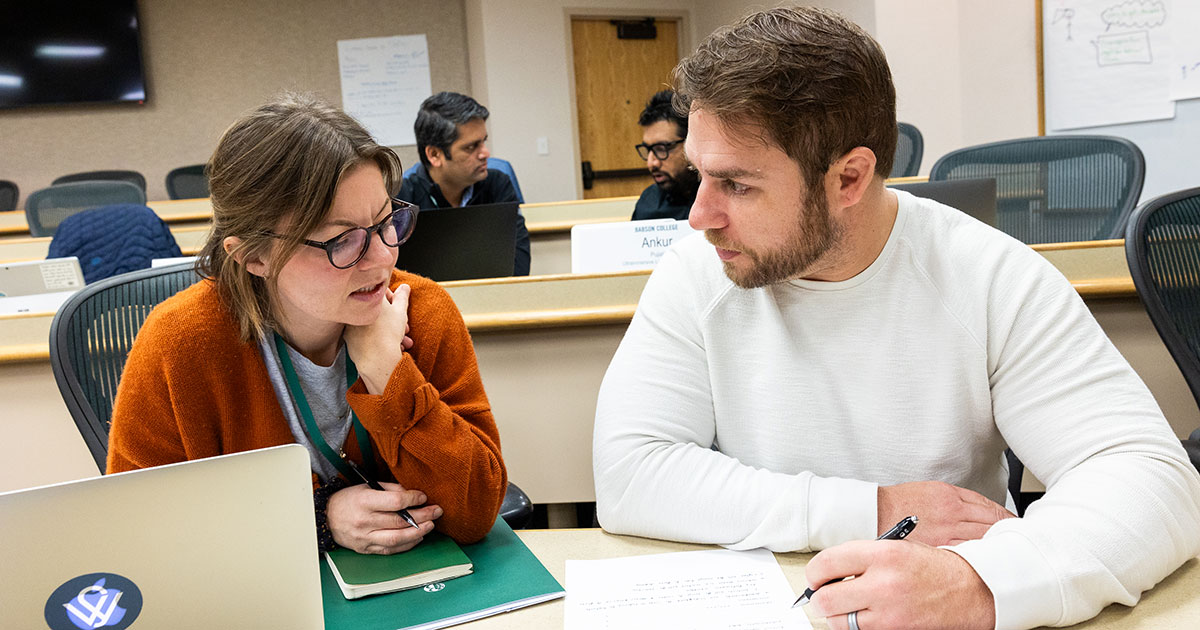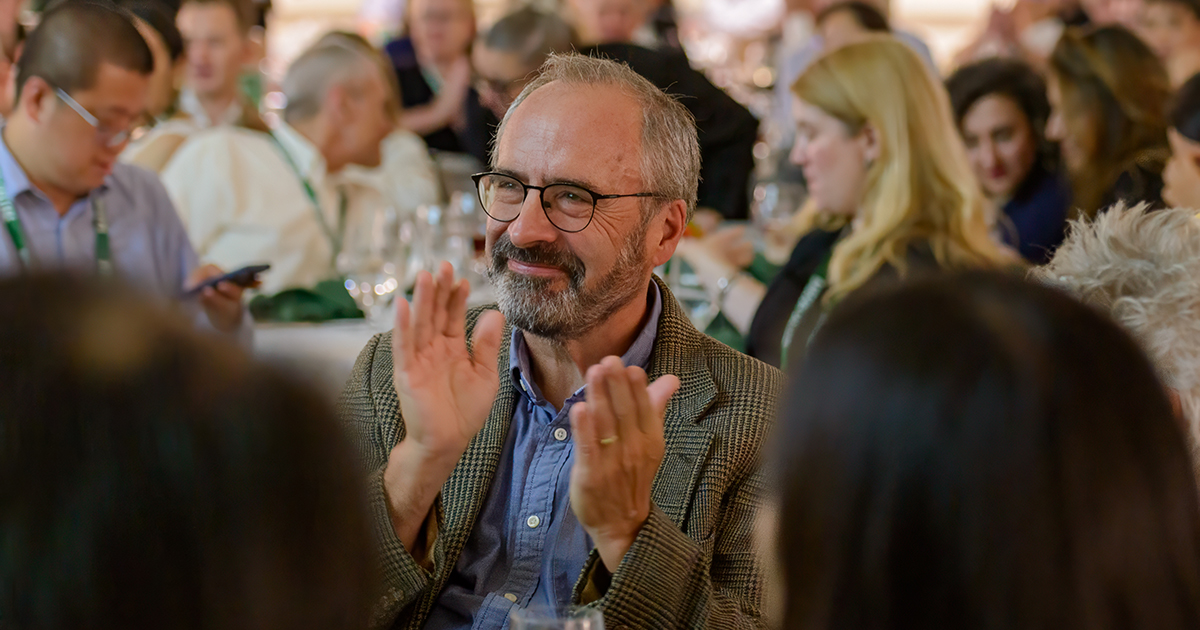Writing the Book on Creating Social Value

When Cheryl Kiser began teaching a graduate course called Social Value Creation Matters three years ago, neither she nor her students could have predicted that their classroom discussions were laying the groundwork for a book. Kiser, the executive director of The Lewis Institute and Babson Social Innovation Lab, brought executives from both large and small companies into her MBA classroom as case studies in day-to-day social value creation.
The interactions between students and business leaders from Target, UPS, IBM, and other companies became the backbone around which Kiser and co-authors Deborah Leipziger and Janelle Shubert wrote the book Creating Social Value. “We knew it would be an adventure driven by the students in our class,” said Kiser. “We wanted their perspectives and inquiry to be real and relevant, not hypothetical. They were very interested in how these leaders were thinking and how they were able to create social impact.”
Ana-Lisa Jones, MBA candidate and graduate assistant at The Lewis Institute, got an inside look at the evolution from classroom conversation to published book. As the authors dug in to each company and its story, Jones researched the company’s financial statements, annual reports, corporate social responsibility initiatives, and even helped write several chapters. “It’s a project that made sense from the beginning,” she says, “since the inspiration comes from MBA students who represent the next generation of decision makers.”
Jones recalls a conversation where she was asked if any of the business cases had been disappointing. “I thought that was the wrong question to ask, because the examples we dealt with all really represent the best of the best.” Prioritizing design and accessibility are two of these best practices for social innovators, adapted below from Creating Social Value.
Social Value Creation is About Design
Social innovators need design to implement their vision—whether it is a new product, a new business, or a shift in their sourcing policies and practices. One company that has strategically changed its design process is Ford. In order to manufacture cars from green materials and make them more fuel-efficient, Ford now uses plant-based products in place of petroleum-based products, foam seats are now made with soy, and denim once destined for landfills is repurposed as carpet padding. The company also leveraged all its assets in 2006 to borrow $23.6 billion from Wall Street, which it invested in an overhaul of its fuel-efficient product line.
Target is another company that used design to solve a social and community problem. Over the counter medicines like Benadryl, Sudafed, and some allergy medications contain pseudoephedrine which Target knew fed drug abuse, especially in communities where meth addiction was a particular concern. To address the problem, the company redesigned the customer experience by putting these medicines behind the pharmacy counter. This had a ripple effect for Target’s pharmacy, IT, systems, and communications employees.
“These medicines bring in $350 million in revenues and here I was, trying to limit customer access,” says Nate Garvis, former Senior Public Affairs Officer at Target. “Don’t expect that creating social value will make you popular right away.” In the long run, Target’s move paid off: company sales increased, the media and public generated a lot of good press, and the FBI even gave Target a Community Leadership Award, in part for being the first retailer to take these medicines off store shelves.
Social Value Creation is About Accessibility
Another trait of social innovators is that they find ways of bringing the disenfranchised into the business model. Roshan, Afghanistan’s leading telecommunications provider, set itself apart by bringing women into its workforce and supporting female customers.
Although the challenges associated with employing women in Afghanistan would have made it easier to employ only men, the company believed investing in women would pay dividends in the long run. By mid-2011, 20% of Roshan’s 1,000 employees were women with a dozen in management, the highest rate of any Afghan employer. The company ensures all female staff are driven to and from work in cars with GPS tracking as a safety precaution.
Roshan is also mindful of female customers. Together with USAID and AfghanAid, the company subsidizes phones, SIM cards, talk time minutes, and other services for businesses run by women. Roshan has a Ladies Call Center so conservative Afghans can still receive customer service without stepping out of their comfort zone, and it has partnered with a microfinance bank to use its M-Paisa service to make it easier for Afghan women to receive and repay loans using their phones.
For Jones, the biggest highlight of the book project was the thrill of reading her writing in the final manuscripts. “It was a big project that was equal parts nebulous and also quite defined. And, it’s just the beginning. We hope to work with CFOs next to quantify the value that social innovation adds to a company in a way that makes it understandable for everyone.”
Posted in Insights






